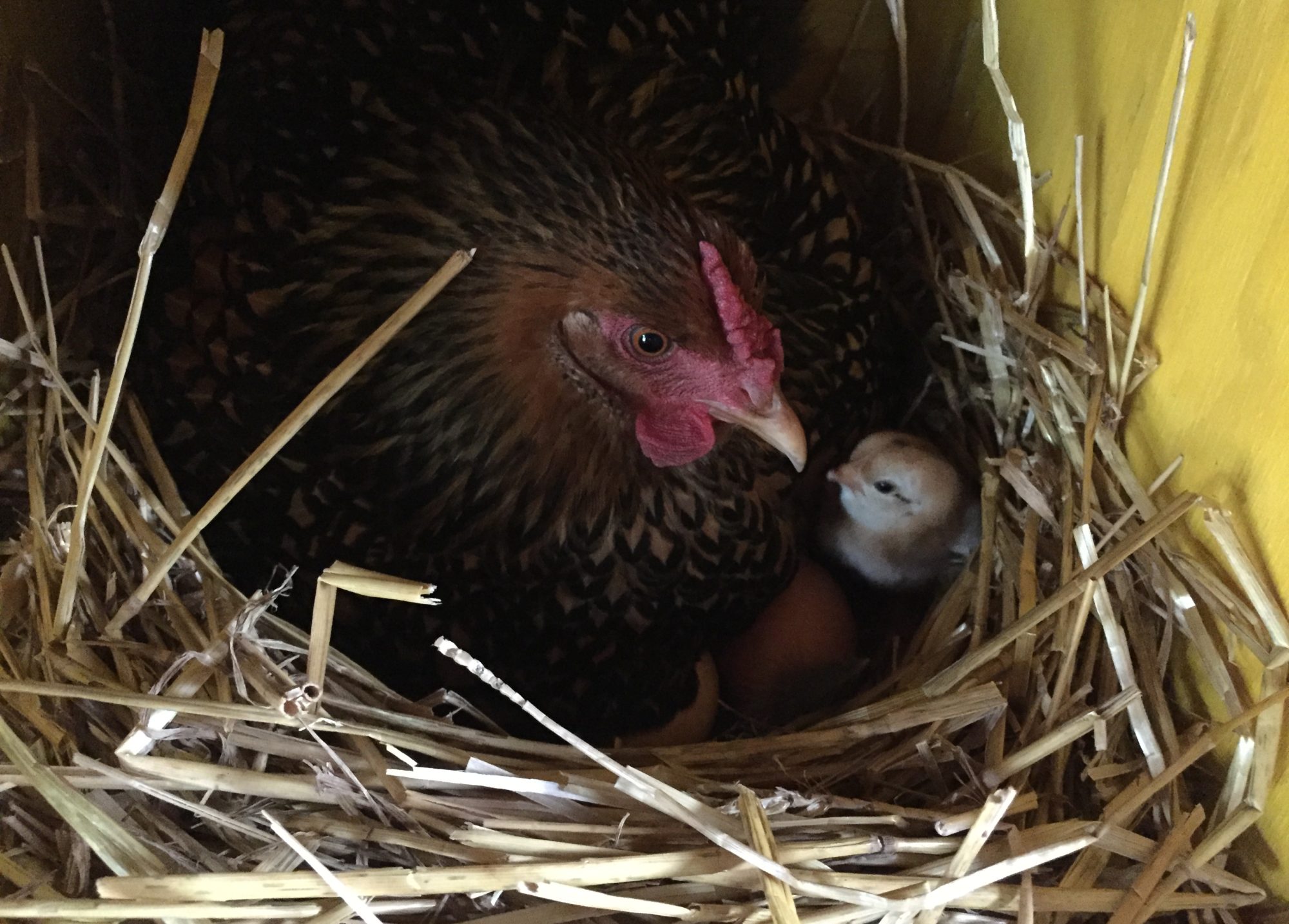Let’s take a trip back in time. The year is 1930. The Great Depression was just beginning. About 25% of people will be out of work, and those with steady work will see incomes drop by as much as 40%. Families lived by the Depression Era phrase “Use it up, wear it out, make do, or do without.” Self-sufficiency was commonplace. People kept kitchen gardens, patched old clothes, and struggled to keep their home and automobile. Going to the movies was replaced by board games like Scrabble and Monopoly, and oddly enough, mini golf.
Women’s magazines and radio shows taught Depression-era homemakers how to stretch their food budget with casseroles and one-pot meals. Favorites included chili, macaroni and cheese, soups, and chipped beef on toast. Other meals included Mulligan stew, bologna casserole, dandelion salad, meat loaf, beef tongue, spaghetti, cold boiled ham, and anything with potatoes.

There wasn’t a lot of meat consumed, and most of that was beef and pork. Chicken was a luxury food, costing about a third more than beef or pork. On average, Americans ate chicken once every week or two, consuming about 6 chickens per year. That’s 20% of the chicken we eat today. Today, we eat chicken several times per week. Chicken is the number one animal protein consumed in America, passing pork in 1985 and beef in 1992. We can buy chicken whole, parted, fresh, frozen, ready-to-cook, and pre-cooked. But in the 1930s, it was a very different story. So what happened between then and now?
In 1930, most chicken was grown on small family farms, usually in groups of 200-300. Most were raised as food for the family, or for eggs. There was in increasing demand for eggs, so the chickens available to eat were either the young roosters hatched in the spring (“spring chickens”), or old hens, used mainly for soup. Farms, hatcheries, feed mills, and processors were all separate entities, so there was little consolidation and organization when it came to raising chickens on a large scale. That wouldn’t happen until the 1940s.

Chicken wasn’t considered a significant protein source, so the science behind the chicken wasn’t studied extensively. Most chickens roamed the farm and didn’t have secure coops. They slept in the barn or with other farm animals. This led to loses of up to 40% of the flock. Packaged chicken feed was fairly new, but the diet of most chickens consisted of whatever they could forage, with a few handfuls of grain. The significance of feeding chickens Vitamin D in the winter had just been discovered in the 1920s, which led to a small revolution in poultry keeping. Hens could now survive the winter with supplements and produce healthier chicks in the spring.
The Cornish Cross meat chicken that we eat today wouldn’t be “designed” for another couple of decades, so a dressed chicken in the 1930s was small, averaging 2 to 3 pounds with very little breast meat. If you found a farmer willing to sell you a chicken, you probably bought it live and butchered it at home. Chances are you didn’t have a refrigerator to put it in. Refrigerator ownership increased rapidly through the 1930s, from 8% to 44%. If you didn’t have a refrigerator, chicken processing was just part of meal preparation.

The idea of large chicken growing operations was just beginning. History often credits Mrs. Cecile Steele from Delaware as the pioneer of the commercial broiler industry. In 1923, she ordered 50 chicks to be egg layers, but the hatchery sent her 500! She decided to raise and sell them as meat. The demand was so great that she was able to get $.62 per pound, which is over $9 per pound in today’s dollars! Her business became so profitable that 3 years later, she built a barn capable of housing 10,000 birds. Others took notice and copied her success in states like Maryland, Virginia, Georgia and Arkansas.

An increase in chicken production led to the need for chicken processing. Evisceration (gutting) machinery wouldn’t be invented until 1942, so if you could find a chicken that was already slaughtered, it was usually “New York Dressed”, which meant the feathers were removed, blood drained, with feet and head still on, and guts intact. Removing chicken guts was considered a basic kitchen skill, just like operating a microwave would be today.

Because of the cost and work required to get it to the dinner place, chicken was often avoided, and reserved for Sunday dinner or special occasions. So the next time you’re preparing the evening meal and you grab those pre-breaded frozen chicken breasts or chicken nuggets, take a moment to be thankful that you don’t have to spend all day killing, dressing, and preparing a chicken for dinner!

